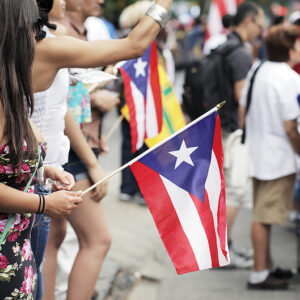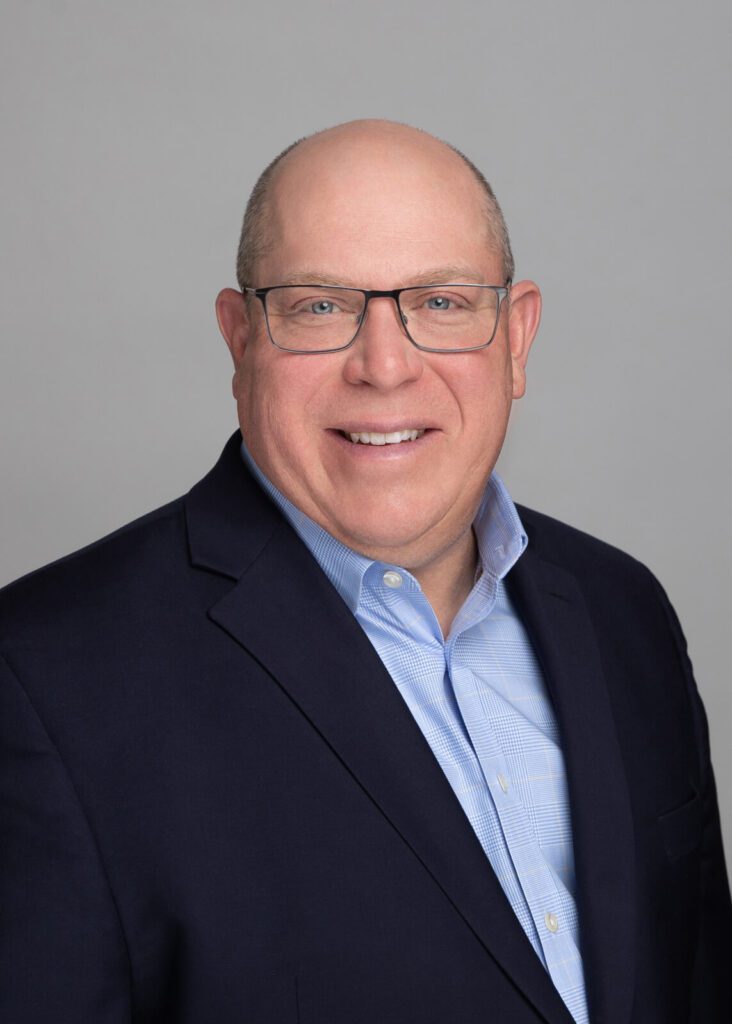President Trump recently signed an executive order that will bolster the country’s strategic stockpile of active pharmaceutical ingredients. These are the building blocks of modern medicine, and given that we import a significant portion from communist China, replenishing reserves is a smart move. If that supply chain were to be cut off amid hostilities, American lives would hang in the balance.
The White House understands that this maneuver is only a temporary measure and that maintaining a robust pharmaceutical supply chain remains a priority. Stockpiles don’t last forever, and China is gunning to replace the United States as the leader in biotech innovation. The global share of biopharma licensing deals coming from China has increased sixfold over the past decade.
Puerto Rico can serve as a key differentiator in America’s national security interests, helping to counter threats.
The island has a strong track record of supporting large-scale pharmaceutical manufacturing. In fact, it’s the second-largest drug producer in the United States — delivering Americans the medicines that lower cholesterol, combat cancer and reduce the risk of stroke. Because of its robust ecosystem of biomedical companies, Puerto Rico is often referred to as “America’s Medicine Cabinet.”
The innovative landscape is propelled by a talented pool of existing human capital on the island. The University of Puerto Rico’s school system, along with other local institutions, offers a wide range of programs that support the pharmaceutical manufacturing industry. It helps to cultivate thousands of graduates a year in STEM fields that contribute to every stage of production, ranging from research and development to quality control and regulatory affairs.
Beyond the pharmaceutical companies, the island also enjoys a strong network of supporting businesses. Think construction companies, engineering firms and commercial sanitation services. For example, PACIV is a small business with dozens of workers in Puerto Rico that automates supply lines. CIC Construction Group, meanwhile, employs over 650 people to build the facilities necessary for producing modern medicines.
And while the island’s power grid is not without setbacks, manufacturers have implemented special systems to ensure a constant supply of electricity. Multiple, independent high-voltage transmission lines originating from polar opposite areas of Puerto Rico, a network of backup generators, and on-site power plants contribute to a reliable and redundant system.
When making lifesaving treatments, therapies and vaccines, nothing is left to chance.
With a strong foundation, Puerto Rico is ready to play a significant role in America’s manufacturing renaissance. Federal actions to streamline regulatory requirements for new manufacturing facilities, combined with initiatives spearheaded by the governor, are having tangible results. Companies have committed more than $220 million in additional investments on the island this year.
The economic growth complements other established pharmaceutical hubs such as North Carolina, Indiana, Ohio and Pennsylvania.
The stakes are high. As America works to nearshore its pharmaceutical supply chain and outpace China in biotech innovation, Puerto Rico offers a proven solution. By fully leveraging the island’s strengths, we can safeguard the health of Americans and ensure that the medicines of tomorrow are made in the United States — not Beijing.


